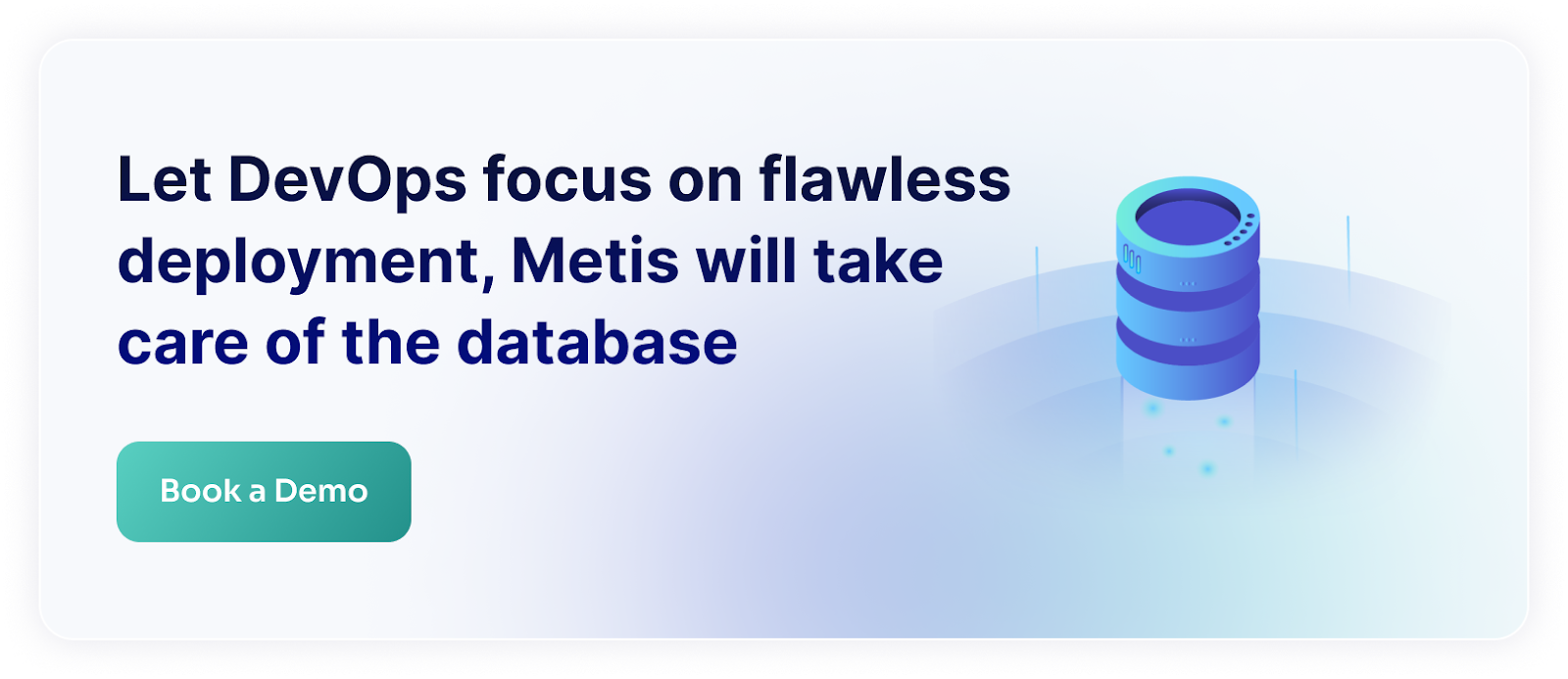No matter how careful we are, issues can still arise in production. We might deploy faulty code, execute a slow schema migration, or experience a spike in traffic that overwhelms our systems.
When problems occur around databases, developers often find themselves at a disadvantage. They may lack deep knowledge of database internals, necessary permissions, or even visibility into what queries are running. Even with robust CI/CD pipelines and highly optimized development environments, they don’t have full control over the databases.
It’s time to change that. The key is to give developers greater ownership, enabling them to work more efficiently. Let’s explore how.
It All Starts With Observability
Developers often struggle to address issues because they lack visibility into what’s happening. Just as they rely on debuggers and profilers, they need tools that provide insights into everything occurring within and around the database.
To solve this, observability is needed throughout the entire software development lifecycle (SDLC). Developers must understand how their SQL queries are executed, have access to execution plans, and see detailed database activity. They can’t afford to wait for load tests to finish - they need to know if their queries are efficient while they’re still making changes.
With OpenTelemetry, we can achieve this. By integrating it into developer environments and databases, we can capture queries, extract execution plans, and analyze them to provide actionable insights. This allows us to predict if queries will perform well in production. We can also apply the same approach in production, retrieving execution plans from live queries for real-time analysis.
Next Comes Automation
Manual processes won’t cut it anymore. To accelerate and improve development speed, we must automate as much as possible. This means building observability across all our systems, especially databases.
We need to continuously capture execution plans, performance statistics, configuration changes, schema migrations, and any factors that could impact database performance. By applying automated analysis, we can quickly identify anomalies and understand the root causes of slowdowns.
With this level of insight, we can create self-healing systems. Our databases can automatically resolve issues, as we’ll have the necessary data to pinpoint exactly why they’re underperforming. We’ll know which indexes to add, what configurations to adjust, and how to optimize slow queries instantly.
Ownership Is The King
Finally, ownership is key. Developers need to shift their mindset and recognize that they can take control of the databases. By doing so, they can ensure database reliability and prevent system outages.
At first, this might seem like adding more work for developers, but it’s not. With automated observability and actionable insights, they’re simply trading one type of work for another. Instead of firefighting, they can rely on automated solutions to fix issues, allowing them to focus on what truly matters. However, they must embrace this new reality and take full ownership of their databases from start to finish.
Metis Makes It a Breeze
Metis provides everything you need to take full control of your databases. It analyzes your queries and builds comprehensive observability, capturing execution plans, configurations, schema changes, and any factors impacting database performance.
Metis automates monitoring, detecting anomalies, and resolving them automatically. When an issue can't be fixed autonomously, Metis alerts you, signaling when your input is required. Ultimately, Metis empowers you to take ownership of your databases from start to finish.







